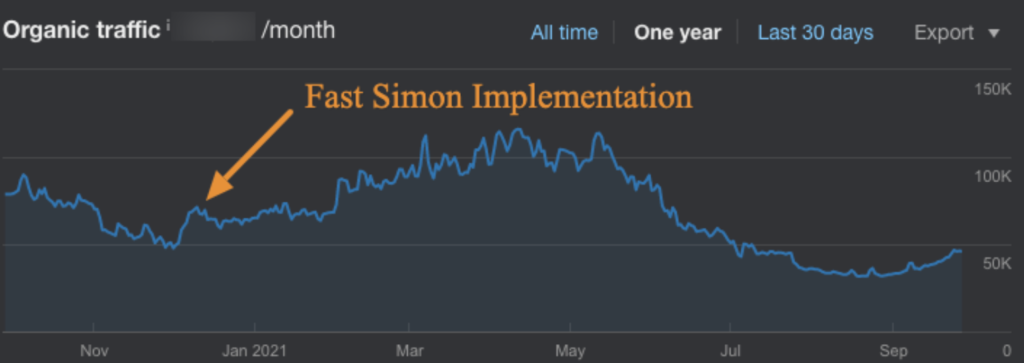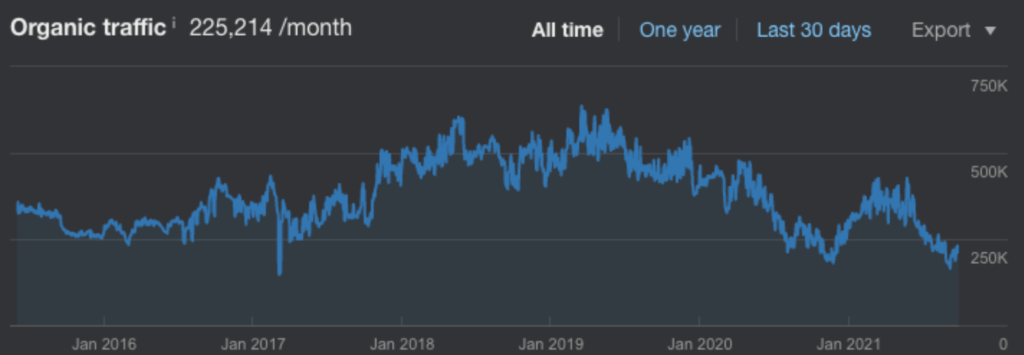Facebook Shutting Down Facial Recognition
Facebook announced that it is shutting down it’s use of facial recognition, including for uses related to the visually impaired. Facebook left the door open to exploring on-device facial recognition technologies that do not communicate with an external server.
Facebook Facial Recognition
Facial recognition technology was used for recognizing who users are from photos in the Memories feature, photos or videos. Tagging, where individuals name friends in an image will still be allowed.
Those who had opted into allowing Facebook to use facial recognition don’t have to do anything, Facebook will automatically delete the “template” used by Facebook to recognize the members.
While many may view this as a positive change the impact might be felt more keenly by those who are visually impaired and relied on the automatic facial recognition to tell them who is in a photo shared on Facebook.
Facebook Facial Recognition is Not Going Away
Facebook indicated it will research ways to use facial recognition in ways that are useful in a way that respects users privacy.
Potential uses could be for people who need to verify their identity, particularly in situations where a person is locked out of their account.
Use of the facial recognition technology on the device and without accessing external servers was cited as an area to be explored.
Facebook to Explore On-device Facial Recognition
On-device use of facial recognition is a popular and accepted use of the technology, for example, for unlocking a device. Beyond that some may feel uncomfortable with it and Facebook’s decision to drop facial recognition may be a sign of Facebook understanding that they may need to be proactive of overextending technology in ways that might provoke concerns over privacy.
Source: Facebook Shutting Down Facial Recognition
Google launches new way for publishers to use first-party data to enhance targeted advertising
In an announcement today, Google said it is offering a new way for publishers to share Publisher-provided identifiers (PPIDs) with Google’s programmatic demand to better customize ads, targeting, and advertising experiences. “By helping publishers expand the use of their first-party identifiers to more transaction types, like the Open Auction, our partners will be able to show ads that are more relevant to their audiences, which will increase the value of their programmatic inventory,” said Steve Swan, Product Manager, Google Ad Manager.
How do PPIDs work? A “Publisher provided identifier or PPID allows publishers to send Google Ad Manager an identifier for use in frequency capping, audience segmentation and targeting, sequential ad rotation, and other audience-based ad delivery controls across devices,” according to Google’s documentation on the topic.
How the new system works. The announcement says that the new form of PPID sharing will both protect privacy and help publishers and advertisers:
- Before sharing PPIDs with Google demand, Ad Manager turns them into per-publisher partitioned IDs, so users cannot be identified across other publishers’ sites and apps.
- Then Google Ads and Display & Video 360 aggregate the anonymized data from participating publishers to help build audience segments.
- Using these segments, advertisers can programmatically deliver relevant ads on publishers’ sites and apps based on first-party data.
- In addition to helping publishers earn more revenue in the auction, the data also unlocks core functionality for advertisers, like cross-device reach, frequency management, and creative optimization in programmatic inventory without third-party cookies or other identifiers present.
The announcement also emphasizes that advertisers who will be able to build segments off of the PPID data will not be able to see individualized information or user data, “and because PPIDs are unique to each publisher, there is no way to match identifiers or create profiles across sites,” added Swan.
What is first-party data? First-party data is information that websites, advertisers, and publishers collect directly from users and searchers (that they give voluntarily). This includes things like the actions they take on your websites, the data they submit to forms, social data, survey information, and data that already exists in the company’s CRM.
Source: Google launches new way for publishers to use first-party data to enhance targeted advertising
Shopify & Fast Simon: An Ecommerce SEO Case Study
It’s no question that Shopify has been growing in popularity over the years. We’ve been seeing that more businesses are choosing Shopify as their platform of choice for eCommerce.
Not only has the platform attracted small to medium size businesses but we’re seeing more and more major retailers such as Staples and Dressbarn using the platform.
Clearly, Shopify is attracting sites with bigger technological requirements.
A lot of these larger Shopify stores are utilizing the Fast Simon technology for faceted navigation, category page personalization, improving internal site search, and more.
Adding Fast Simon To Shopify: A Case Study
Fast Simon is a shopper interaction tool that can help increase conversions and average order value by automating some CRO tasks using AI, and integrates with WooCommerce, BigCommerce, and Magento, as well.
We had a client implement Fast Simon in December 2020 and while initially there appeared to be improvements, we can see that organic traffic and visibility took a sharp drop in May 2021.

When we looked into other sites that used Fast Simon, we found that many of them appeared to have seen organic visibility drops in the past couple of years.
For example, here is the organic traffic timeline for Motherhood Maternity:

We actually saw similar SEO trends for other sites that utilize Fast Simon.
Of course, correlation isn’t causation and there’s no telling when these sites implemented Fast Simon.
However, all of this combined with our client’s ranking declines definitely made us want to investigate more.
We loved the UX improvements that Fast Simon made to the site and wanted to see if changes could be made to strengthen our client’s technical SEO foundation.
Thus, we began to make Shopify SEO adjustments for our client keeping in mind that there could be better ways to optimize the platform.
Fortunately, we were able to significantly improve rankings by following the process below.
Enable Prerendering
Block The Crawling Of The Faceted Navigation
Ensure Google Is Allowed To Crawl Pagination
Schema Plus for SEO
SEO Images King
SEOMetriks Marketing Tools
Fire AMP
SEO HTML Sitemap
SEO JSON‑LD Boost by Verge
Automizely Page Builder
Source: Shopify & Fast Simon: An Ecommerce SEO Case Study
Google releases November 2021 spam update
Google is rolling out a new search ranking algorithm update targeting the more spammy side of of the search results. Google is calling this update the “November 2021 spam update.”
The update should take about a week to fully roll out and be noticed in the search results.
Google announced this on Twitter saying “As part of our regular work to improve results, we’ve released a spam update to our systems. This November 2021 spam update should be fully rolled out within a week. We encourage sites to follow our best practices for Search.”
Google linked to the generic Google webmaster guidelines for more guidance.

Source: Google releases November 2021 spam update
WordPress’ Gutenberg Demo Page Is Getting a Redesign
The official Gutenberg demo page on WordPress.org may soon be getting an update that better reflects the editor’s capabilities and showcases the design creativity available through patterns.
Automattic-sponsored designers Beatriz Fialho and Kelly Hoffman have submitted a prototype for consideration with explorations of both light and dark modes and three different variations for typography.
Practically speaking, this works out to a more polished landing page with less focus on the demo being a playground that can be manipulated by visitors. Headings like “Say Hello to the New Editor” are now outdated, as the editor is no longer new. It has been nearly three years since Gutenberg was introduced in WordPress 5.0.
Since the time the demo page was first launched, the use of pattens has become a centerpiece in designing pages with Gutenberg. The updated demo will highlight blocks and patterns and will add a new section dedicated to helping new users get connected to resources for learning WordPress.
Source: WordPress’ Gutenberg Demo Page Is Getting a Redesign
More News:
OptinMonster Vulnerability Affects +1 Million Sites
Google makes it easier to remove images of kids from the search results
300,00+ Installations of Catch Themes WordPress Plugins Vulnerable

